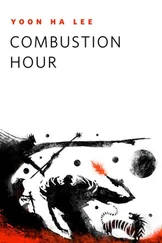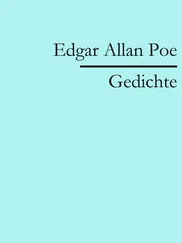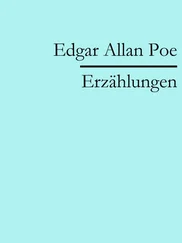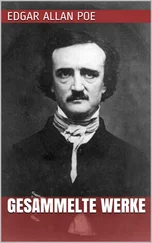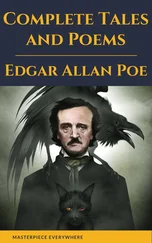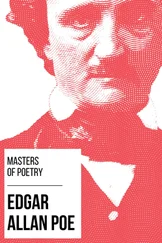1 ...7 8 9 11 12 13 ...40 Sir Harry Ricardo (1885–1974), a mechanical engineering graduate of Cambridge and a prominent English engineer, patented the use of a spherical prechamber, the Ricardo “Comet” to greatly increase the fuel–air mixing rate, allowing diesel engines to be used in high speed, 2000 rpm and higher, engine vehicular applications. During his career, Ricardo also contributed to greater understanding of the role of turbulence, swirl, and squish in enhancing flame speed in both spark and diesel engines; commercialized sleeve valves for aircraft engines, developed an octane rating system for quantifying knock in spark engines; and founded what is now the Ricardo Consulting Engineers Company.
Early engines were air cooled, since they produced relatively low power. Natural convection water cooling using the thermosyphon principle, and forced convection cooling using water pumps was adopted after about 1910 for higher horsepower engines. Henry Ford's Model T engine of 1908, and the Wright Brother's Flyer engine of 1903 used natural convection water cooling.
The first multicylinder diesel engines for trucks were available by 1924. The first commercially available diesel powered automobile was the Mercedes 260D, initially introduced in 1936. It had a 2.6 L four‐cylinder prechamber diesel engine, which produced 45 hp at 3000 rpm.
Engine configurations for automobiles in the first half of the twentieth century were primarily four‐stroke, water‐cooled, with four or six in‐line cylinders, equipped with side valves. The valves were located at the side of the cylinder in a combustion pocket. The most common engine configuration used at the present time is the overhead valve configuration.
The two major cycles currently used in internal combustion engines are termed spark‐ignition and compression‐ignition cycles, also known as Otto and Diesel cycles, named after the two men credited with their invention. As we will see in Chapter 2, the Otto cycle is modeled as a constant volume combustion cycle and the Diesel cycle is modeled as a constant pressure combustion cycle. These cycles can configured as either a two‐stroke cycle in which the piston produces power on every downward stroke or a four‐stroke cycle in which the piston produces power every other downward stroke.
As shown in Figure 1.4, the four‐stroke spark‐ignition engine has the following sequence of operations:
1 An intake stroke draws a combustible mixture of fuel and air past the throttle and the intake valve into the cylinder.
2 A compression stroke with the valves closed raises the temperature of the mixture. A spark ignites the mixture toward the end of the compression stroke.
3 An expansion or power stroke results from combustion of the fuel–air mixture.
4 An exhaust stroke pushes out the burned gases past the exhaust valve.
Air enters the engine through the intake manifold, a bundle of passages that evenly distribute the air mixture to individual cylinders. The fuel, typically gasoline, is mixed with the inlet air using a fuel injector or carburetor in the intake manifold, intake port, or directly injected into the cylinder, resulting in the cylinder filling with a homogeneous mixture. When the mixture is ignited by a spark, a turbulent flame develops and propagates through the mixture, raising the cylinder temperature and pressure. The flame is extinguished when it reaches the cylinder walls. If the initial pressure is too high, the compressed gases ahead of the flame will autoignite, causing a problem called knock. The occurrence of knock limits the maximum compression ratio and thus the efficiency of spark‐ignition engines. The burned gases exit the engine past the exhaust valves through the exhaust manifold. The exhaust manifold channels the exhaust from individual cylinders into a central exhaust pipe.

Figure 1.4Four‐stroke spark‐ignition engine.
In the spark‐ignition cycle, a throttle is used to control the amount of air inducted. As the throttle is closed, the amount of air entering the cylinder is reduced, causing a proportional reduction in the cylinder pressure. Since the fuel flow is metered in proportion to the air flow, the throttle in a spark‐ignition engine, in essence, controls the power.
Compression Ignition Engine
The four‐stroke compression ignition engine has the following sequence:
1 An intake stroke draws inlet air past the intake valve into the cylinder.
2 A compression stroke raises the air temperature above the autoignition temperature of the fuel. Diesel fuel is sprayed into the cylinder near the end of the compression stroke.
3 Evaporation, mixing, ignition, and combustion of the diesel fuel occur during the later stages of the compression stroke and the expansion stroke.
4 An exhaust stroke pushes out the burned gases past the exhaust valve.
The inlet air in the diesel engine is unthrottled, and the combustion is lean. The power is controlled by the amount of fuel injected and the subsequent mixing of the fuel spray with the inlet air. The injection duration is proportional to the engine load. In order to ignite the fuel–air mixture, diesel engines are required to operate at a higher compression ratio, compared to spark‐ignition (SI) engines, with typical values in the range of 15 to 20, resulting in a greater theoretical efficiency. Since the diesel fuel is mixed with cylinder air just before combustion is to commence, the knock limitation that occurs in SI engines is greatly reduced.
Diesel engine performance is limited by the time required to mix the fuel and air, as incomplete mixing and combustion results in decreased power, increased unburned hydrocarbon emissions, and visible smoke. As we shall see, many different diesel combustion chamber designs have been invented to achieve adequate mixing. There are two main types of diesel combustion systems, direct injection (DI) into the main cylinder and indirect injection (IDI) into a prechamber connected to the main cylinder. Direct injection engines predominate when the operating range of the engine is fairly narrow, such as in ships, locomotives, and electric power generation. Indirect injection engines tend to be used where the engine is expected to perform at high speeds over a wide range of loads, such as in an automobile.
With indirect injection, air is compressed into a prechamber during the compression stroke, producing a highly turbulent flow field, and thus high mixing rates when the diesel fuel is sprayed into the prechamber toward the end of the compression stroke. The combustion process is initiated in the prechamber, raising the pressure in the prechamber above that of the main chamber, which forces the combusting mixture of burning gases, fuel, and air back into the main chamber, resulting in the propagation of a highly turbulent swirling flame into the main chamber.
Since the mixing time is inversely proportional to the engine speed, diesel engines are classified into three classes, high speed, medium speed, and low speed. High‐speed diesels are designed to operate at speeds of 1000 rpm or higher, have up to a 300 mm bore, and use high quality distillate fuels. Medium‐speed diesels operate at speeds of 375–1000 rpm, have a medium bore typically between 200 and 600 mm, and can operate with a range of fuels. The low‐speed class of diesel engines operate at speeds less than 375 rpm, are typically large bore (  600 mm) two‐stroke cycle engines, and use residual fuel oil. Each engine manufacturer has worked to optimize the design for a particular application, and that each manufacturer has produced an engine with unique characteristics illustrates that the optimum design is highly dependent on the specific application.
600 mm) two‐stroke cycle engines, and use residual fuel oil. Each engine manufacturer has worked to optimize the design for a particular application, and that each manufacturer has produced an engine with unique characteristics illustrates that the optimum design is highly dependent on the specific application.
Читать дальше
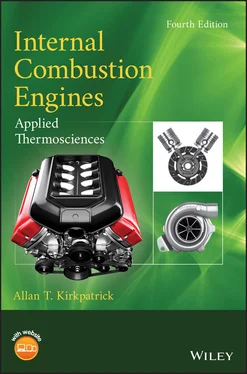

 600 mm) two‐stroke cycle engines, and use residual fuel oil. Each engine manufacturer has worked to optimize the design for a particular application, and that each manufacturer has produced an engine with unique characteristics illustrates that the optimum design is highly dependent on the specific application.
600 mm) two‐stroke cycle engines, and use residual fuel oil. Each engine manufacturer has worked to optimize the design for a particular application, and that each manufacturer has produced an engine with unique characteristics illustrates that the optimum design is highly dependent on the specific application.